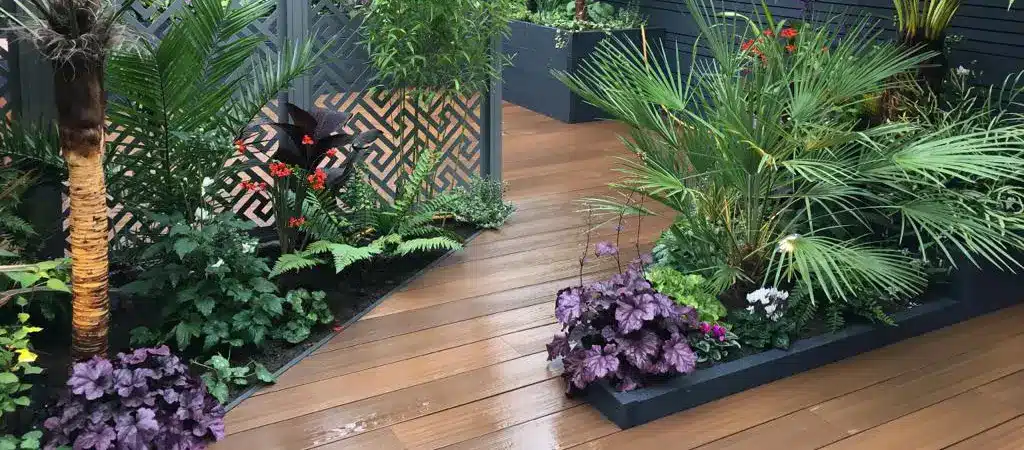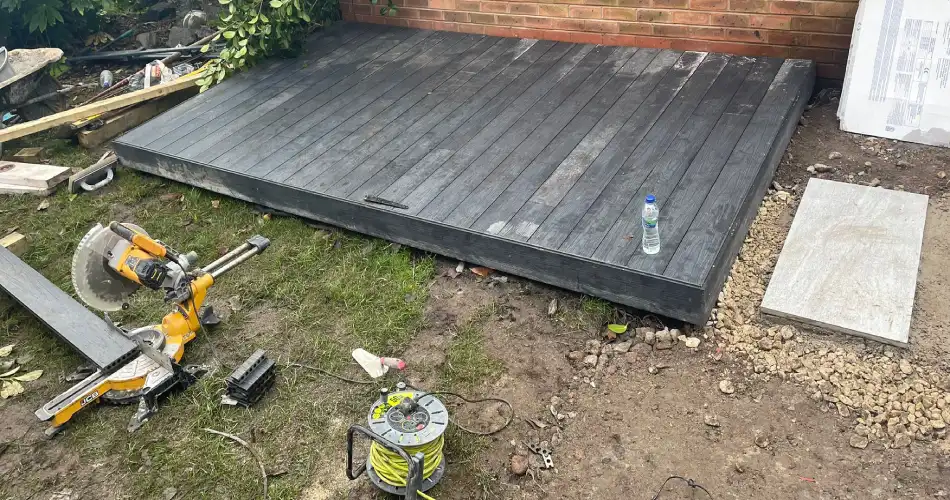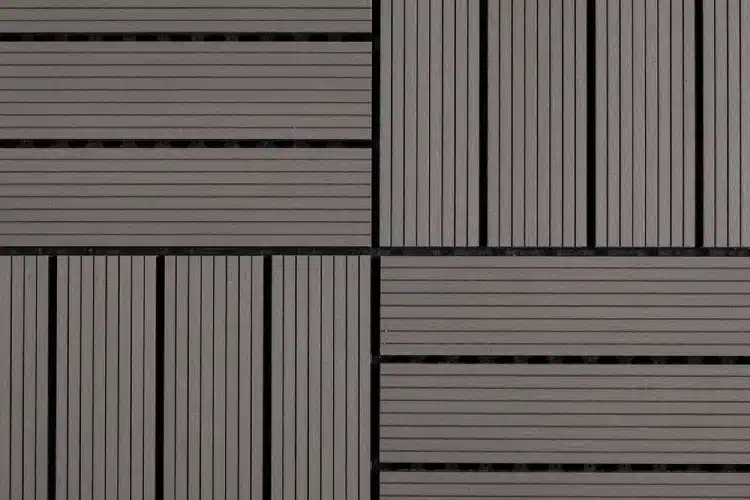What is the Best Way to Cut Composite Decking?
Are you planning to build decking? If so, one of the decisions you have to make is to choose which material to use for your decking. Many homeowners prefer to use wood. Not only is it beautiful, but it is also affordable and easy to find. If you do chose wood decking, you still have to decide what variety of wood to use. When it comes to choosing decking materials, is cedar better than pressure-treated lumber?
What is Cedar?
Cedar is a type of softwood used for construction and decking. Softwoods come from fast-growing trees, making them some of the most affordable decking options. While not exactly the cheapest softwood variety, it is still less expensive than many wood options you can choose from.
Despite its low cost, Cedar offers many benefits when used for decking. It’s durable, naturally moisture-resistant and long-lasting. Due to its natural properties, it is resistant to insects and rot. It is also stable, making it resistant to warping, splitting, and bending. Cedar often comes in strong and dark-coloured shades, perfect for rustic and natural design aesthetics.
What is Pressure-Treated Wood?
Wood construction materials are susceptible to many forms of damage, such as moisture, insects, and decay. However, most high-quality wood is less prone to these issues. As for more common types of wood, chemical treatment is necessary for these wood varieties to be viable decking materials.
Pressure treated wood, often referred as PT wood, is a process performed on wood to protect it from moisture, insects, and weathering. Most types of woods can undergo pressure treatment, but it is more common in lower-quality lumber such as pine. Wood undergoes pressure treatment by infusing them with chemical preservatives that takes place in a large tank that punctures the wood, removes the air within the wood pieces, and replaces it with various chemicals.

Which One is Better?
To know which one is better between Cedar and pressure-treated wood, you will have to consider characteristics and traits and compare them with each other. Here are some that you may want to consider when deciding to choose Cedar or pressure treated wood.
- Cost Pressure-treated wood is significantly cheaper than Cedar. Depending on the quality, Cedar can cost twice as much compared to pressure treated wood.
- Maintenance Maintaining wood decking is crucial since wooden decks are more likely to suffer from various issues. As both Cedar and PT lumber are resistant to moisture and insects, they are easier to maintain than other wooden decking. Both Cedar and PT lumber will require staining or sealing to increase its resistant to moisture over the years. However, the difference is that Cedar will require reduced amount due to its natural resistance to moisture and rot, so Cedar edges in maintenance category in our view.
- Durability When it comes to durability, both PT wood and Cedar offer excellent protection from natural weather conditions. That said, Cedar is more resistant to warping and cracking. Overall, both can last for a long time with proper care and maintenance, but cedar will out last pressure treated wood most of the time.
- Appearance Due to the pressure treatment process of wood, Cedar will appear more natural. Many manufacturers do use various methods and techniques to make PT wood appear more natural. However, results in our view don’t compared to the natural look of cedar.
- Safety Cedar is the safer choice between the two. During the pressure treatment of wood manufacturers frequently used Chromate Copper Arsenate as a preservative. When exposed to these chemicals, it can present a lot of risks. Arsenic, was one of its main chemical components used during the pressure treatment of wood which is highly toxic to humans and animals, this is why it was banned in 2006. As of today the commonly used chemicals are Alkaline Copper Quaternary (ACQ) and propiconazole, making pressure treated wood today safe. PT and cedar are safe to use in home projects and children playgrounds projects. If safety is your concern, we would personally recommend cedar.
- Sustainability As previously mentioned, pressure-treated (PT) wood is not the safest due to its chemical treatment process. PT wood can also be dangerous to the environment when processed improperly. A main concern of PT wood is how its disposed of. Pressure treated wood is consider as a hazardous waste and will need to be disposed of correctly, when researching to support our customers have a look at hbs waste here in the U.K. Please note pressure treated wood is not recyclable and caution, especially when not knowing its year of production should done when burning to dispose of, this due to the toxic chemicals PT wood is infused with will be released in to the atmosphere.
Overall Performance
For homeowners on a budget, pressure-treated wood is better when it comes to costs. However, when it comes to overall performance, Cedar is the better option. It’s aesthetically pleasing and sustainable. While it does require care and maintenance, if done correctly, cedar is long-lasting and durable.
Other Options You Can Choose
Aside from Cedar and Pressure-treated wood, there are other options that you can choose from. For wood decking, you can opt for hardwoods such as oak, Ipe, and teak. While they are more expensive than softwoods, they are more durable, long-lasting, and require little maintenance.
There are also non-wood decking options such as PVC which offers superior durability and weather-proofing. However, older versions don’t look as natural as wood, but some of latest version of PVC decking being release into the market now, are increasing in authenticity.
You can also choose composite decking, which is as durable as PVC and offer many benefits over wood including low maintenance, fade and stain resistance. In terms of appearance, Composite decking is more natural and mimics the beauty and aesthetics of wood, but you should expect to pay more for composite decking. Lastly, you can also choose aluminium decking. It’s not a common decking choice due to its high cost and engineered appearance, but is long-lasting.
What Can I Cover My Decking Floor With?




